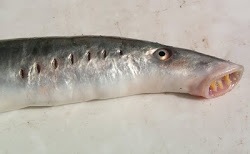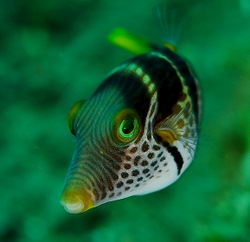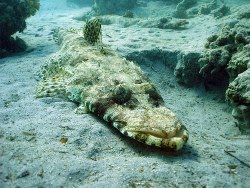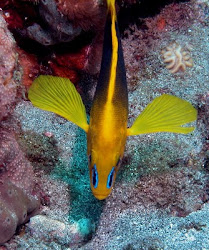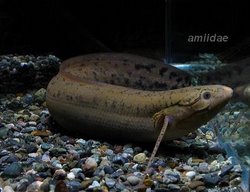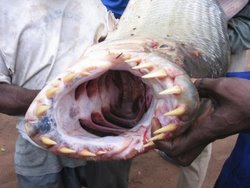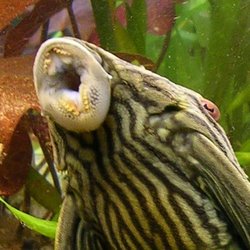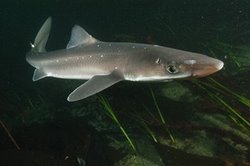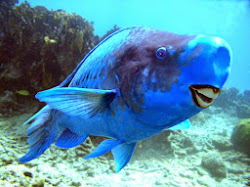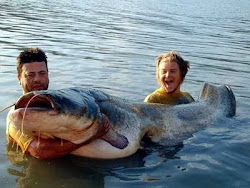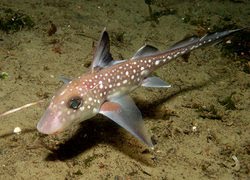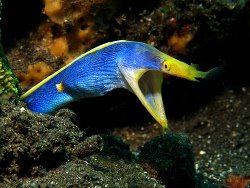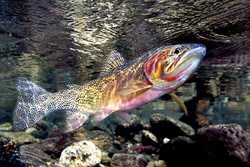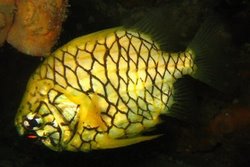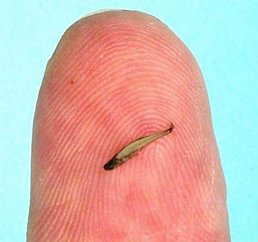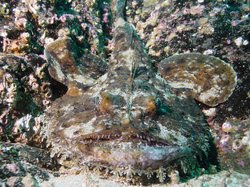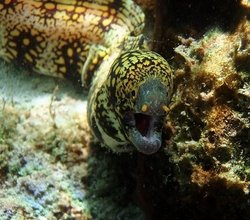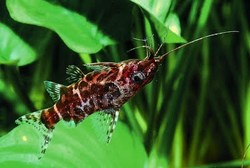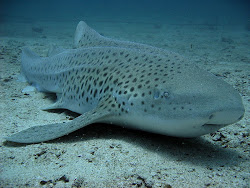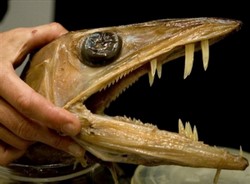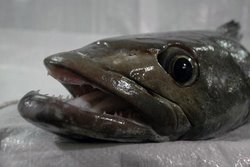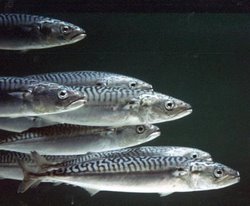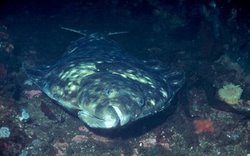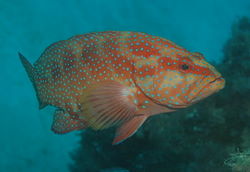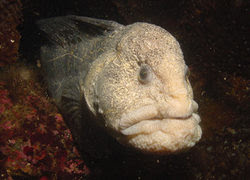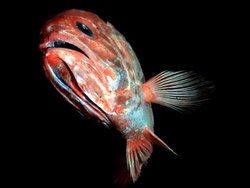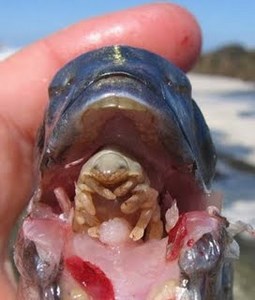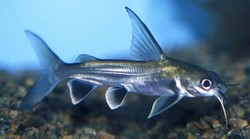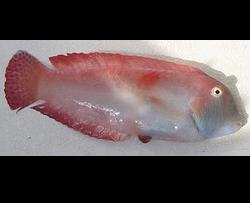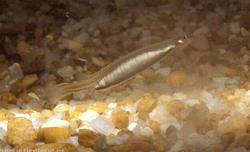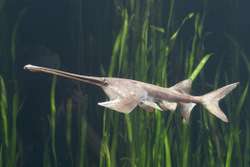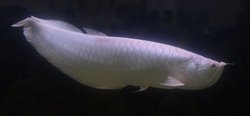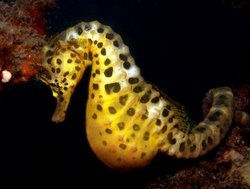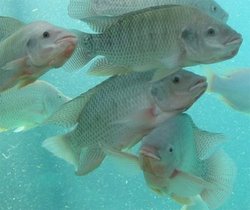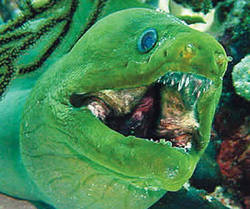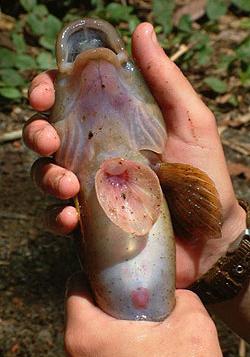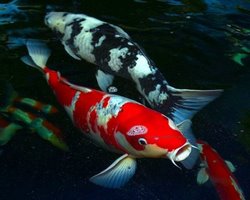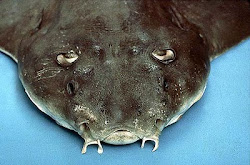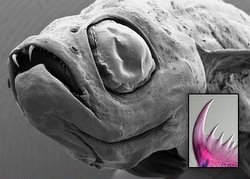 The Pineapple Fish or Cleidopus gloriamaris is one of the strangest looking aquarium fish in the world. Also known as the Pinecone Fish, Coat Of Mail Fish or the Knight Fish their bodies are covered with a spines and as you can see they resemble a pinecone or a pineapple.
The Pineapple Fish or Cleidopus gloriamaris is one of the strangest looking aquarium fish in the world. Also known as the Pinecone Fish, Coat Of Mail Fish or the Knight Fish their bodies are covered with a spines and as you can see they resemble a pinecone or a pineapple.The Pineapple Fish has a bioluminescent bacteria around their mouths that give make it seem as if they have a glowing smile! This glow is often green, but as the fish gets older it can become more reddish in color.
 In the wild these fish are often found in schools at depths of 10–200 meters. They are nocturnal fish that are found in underwater caves, rocky areas and sometimes even around coral reefs. At night they use their bioluminescent mouths to attract its prey. Commons places to see the Pinecone fish is off Queensland, New South Wales, and Western Australia. Check out the Pineapple Fish in action in the video below...
In the wild these fish are often found in schools at depths of 10–200 meters. They are nocturnal fish that are found in underwater caves, rocky areas and sometimes even around coral reefs. At night they use their bioluminescent mouths to attract its prey. Commons places to see the Pinecone fish is off Queensland, New South Wales, and Western Australia. Check out the Pineapple Fish in action in the video below...These saltwater fish are very easy to care for. An aquarium of about 60 gallons should work well with 72-78° F, dKH 8-12, sg 1.020-1.025, pH 8.1-8.4 water conditions. Pinecone Fish need caves and hiding spaces to get away for bright lights. If you keep them with other peaceful fish they should get along quite well. These fish will grow to about 8" in maximum length.
This fish eats feeder shrimp and small fish and should never be exposed to copper sulfate which is used to treat many common fish infections.


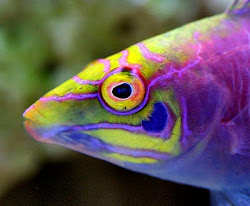

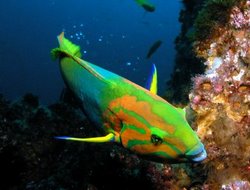


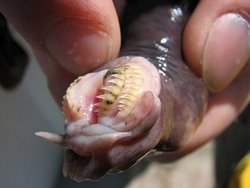

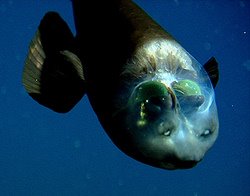
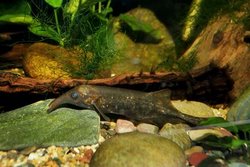
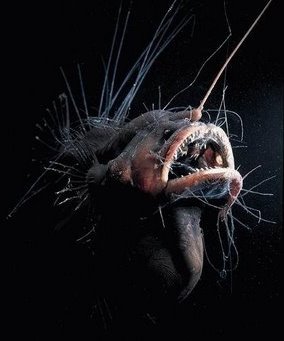
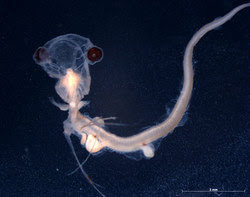
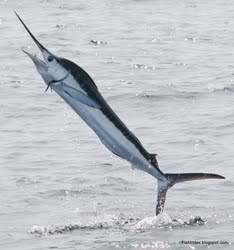
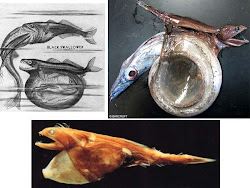


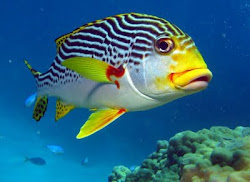



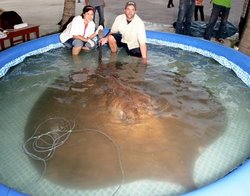
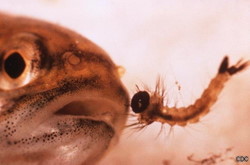
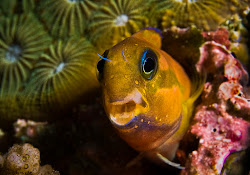

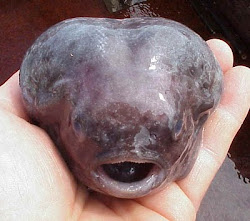



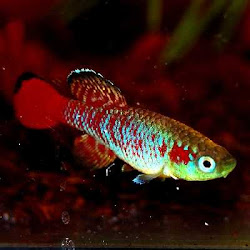
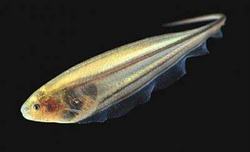
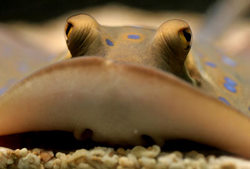

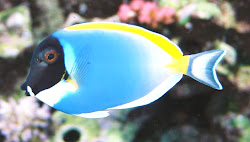

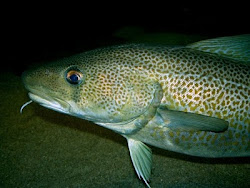
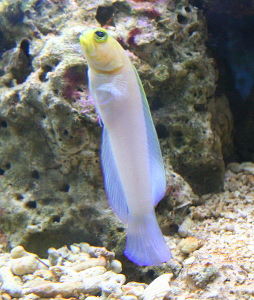
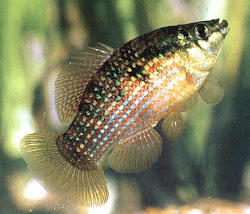

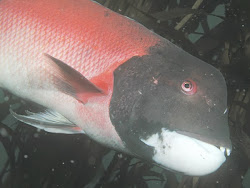

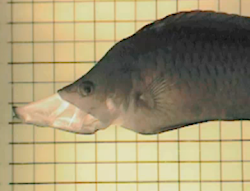
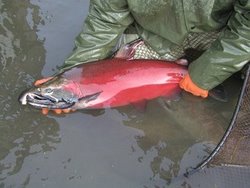


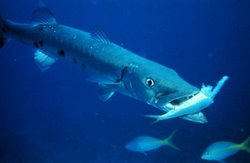
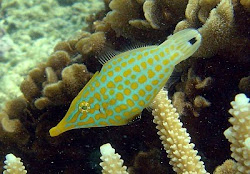


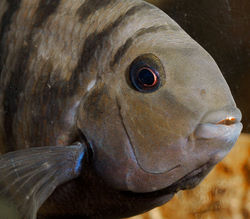


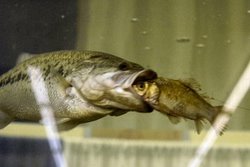


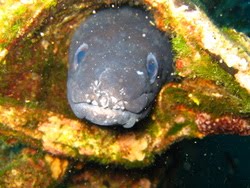




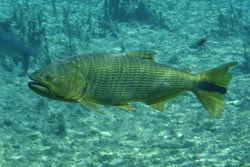

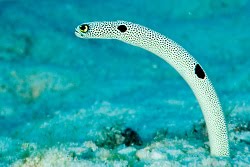
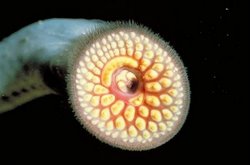



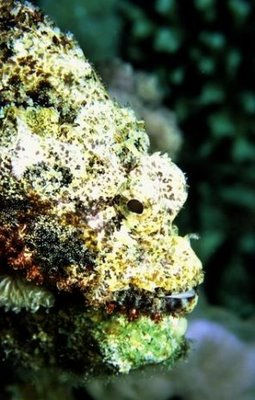
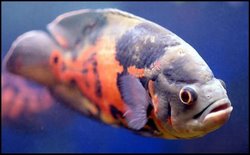

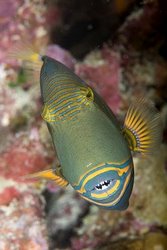
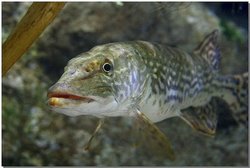
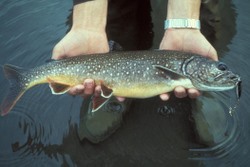

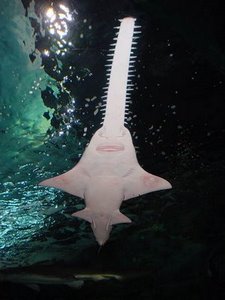


























 The Mosquitofish or Gambusia affinis can eat its body weight in mosquito larve in a single day! For this reason they are one of the most important fish in the world. Also known as Gambusia this fish's ability to keep mosquito populations in check helps prevent nasty diseases like the West Nile Virus, Yellow Fever and Malaria. Mosquitofish are often used in small ponds to keep Mosquitos and other insect larvae at bay and with the recently rise in foreclosures places have even been using these fish in abandoned pools.
The Mosquitofish or Gambusia affinis can eat its body weight in mosquito larve in a single day! For this reason they are one of the most important fish in the world. Also known as Gambusia this fish's ability to keep mosquito populations in check helps prevent nasty diseases like the West Nile Virus, Yellow Fever and Malaria. Mosquitofish are often used in small ponds to keep Mosquitos and other insect larvae at bay and with the recently rise in foreclosures places have even been using these fish in abandoned pools. Mosquitofish can reproduce quickly with a female reaching sexual maturity in under 9 weeks. They can produce almost 100 young at a time! Even though they only live to about 4 years maximum, they manage to multiply and take over places that they are introduced to. The numbers suggest that they can expand from 7,000 to 120,000 in just five months! As you can imagine these species can easily become an invasive species, but their uncanny ability to eliminate Mosquitos still makes them a popular fish! They are even often kept in an aquarium setting!
Mosquitofish can reproduce quickly with a female reaching sexual maturity in under 9 weeks. They can produce almost 100 young at a time! Even though they only live to about 4 years maximum, they manage to multiply and take over places that they are introduced to. The numbers suggest that they can expand from 7,000 to 120,000 in just five months! As you can imagine these species can easily become an invasive species, but their uncanny ability to eliminate Mosquitos still makes them a popular fish! They are even often kept in an aquarium setting! 











